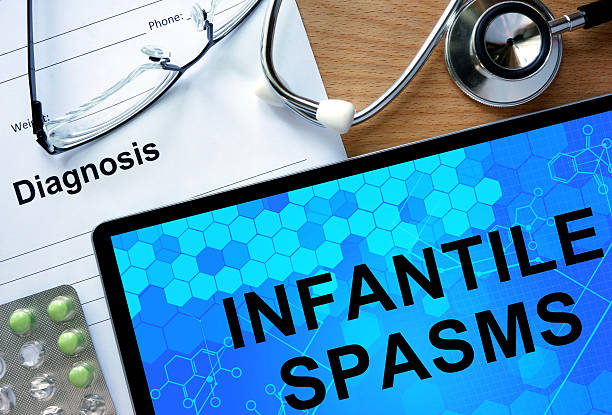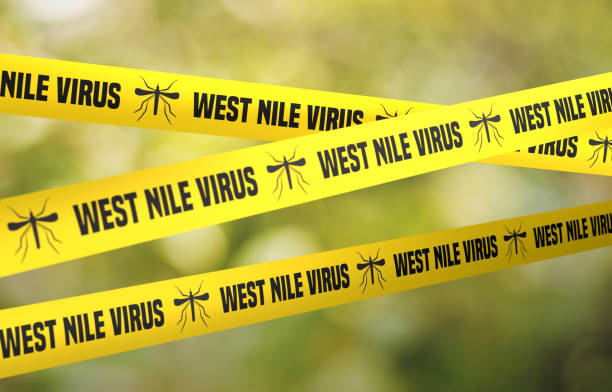A spermatocele is a fluid-filled cyst that forms in the epididymis, a tube located behind and above each testicle responsible for storing and transporting sperm. These cysts may contain clear or cloudy fluid, possibly including sperm, and are also known as spermatic cysts or epididymal cysts.
These sacs come in various sizes and typically don’t cause discomfort, though larger ones might lead to pain. They can feel smooth and contain a cloudy fluid, sometimes even holding sperm. Usually, they’re harmless, not posing any cancer risk. However, if you spot any growth around your penis or scrotum, it’s crucial to consult your doctor for evaluation. Importantly, spermatoceles do not interfere with fertility.
Causes of Spermatocele
- Dead Sperm Accumulation: Spermatoceles often contain collections of dead sperm. The exact reason behind this accumulation remains unclear to doctors.
- Blockage in Sperm Transport Tubes: In some cases, spermatoceles may develop due to blockages in the tubes responsible for transporting and storing sperm.
Appearance
Spermatoceles come in different sizes and shapes:
- Some spermatoceles are too tiny to be seen or felt and can only be detected through imaging tests like ultrasound.
- Many appear as small, pea-sized lumps situated above or behind a testicle.
- In some cases, spermatoceles can grow quite large, resembling a third testicle.
Symptoms
The symptoms of a spermatocele can vary depending on its size. Smaller ones typically don’t cause any noticeable symptoms, while larger ones may lead to mild to moderate discomfort. These symptoms may include:
- Dull testicular pain or aching in the scrotum.
- Swelling of the scrotum.
- Feeling of heaviness in the scrotum.
Risk Factors for Spermatocele
- Common Occurrence: Spermatoceles are relatively common, affecting approximately 3 out of 10 men at some point in their lives.
- Age: Men aged 20 to 50 are most susceptible to developing spermatoceles.
- Limited Known Risk Factors: There are few identified risk factors associated with spermatoceles. However, men whose mothers were administered the drug diethylstilbestrol during pregnancy might have a higher likelihood of developing them. It’s worth noting that the use of this drug ceased in 1971.
Diagnosing Spermatocele
- Lack of Symptoms: Spermatoceles often don’t cause pain, so you might not experience any noticeable symptoms. You may only detect a bump while self-examining your testicles.
- Detection by Doctor: During a physical examination, your doctor may identify the spermatocele. As the cyst enlarges, you might feel a sense of heaviness in your testicle or notice swelling behind or above it.
- Diagnostic Tests: To confirm the presence of a spermatocele and differentiate it from a tumor, your doctor will likely conduct further tests.
- Transillumination: This involves your doctor shining a light through your scrotum. If the growth is a spermatocele, the light will pass through it. However, if it’s a mass, the light won’t shine through.
- Ultrasound: If transillumination doesn’t indicate the presence of fluid, your doctor may recommend an ultrasound. This non-invasive test utilizes high-frequency sound waves to generate images on a screen, providing detailed insights into the structure of the growth.
- Urine tests: These tests could include a urine test, such as urinalysis or screening for sexually transmitted infections (STIs). These tests are conducted to rule out the possibility of an infection or inflammation as the underlying cause of the pain.
Treatment for Spermatocele
- Observation: In many cases, spermatoceles do not require treatment. Your doctor may suggest pain relievers to alleviate any discomfort.
- Aspiration: This procedure aims to reduce pain and pressure associated with spermatoceles. Your doctor will insert a needle into the cyst to drain some of the fluid.
- Sclerotherapy: If the cyst recurs after aspiration, your doctor may perform sclerotherapy. This involves draining fluid from the spermatocele and injecting a substance that induces the formation of scar tissue within the sac. While this may reduce the risk of recurrence, it can potentially damage the epididymis. Sclerotherapy is typically recommended for individuals who do not plan to have children.
- Surgery: In rare instances where the spermatocele significantly impacts daily life, surgical removal may be considered. During the procedure, your doctor will administer local anesthesia, make a small incision in the scrotum or groin, and excise the growth.
The surgery process
Spermatocele surgery, known as spermatocelectomy, is performed by a urologist, a specialist in conditions affecting the urinary and reproductive systems. In some cases, the procedure may involve removing part or all of the epididymis, known as epididymectomy.
It is performed as an outpatient procedure, meaning you can return home on the same day of surgery rather than staying overnight in the hospital.
During a spermatocelectomy, the surgeon makes an incision in the scrotum or groin area to access and remove the spermatocele. The choice of anesthesia—local or general—depends on individual factors and preferences. With local anesthesia, the area is numbed to ensure comfort during the procedure, while general anesthesia renders you unconscious, ensuring you don’t feel any pain during surgery.
Overall, spermatocelectomy is considered a safe and routine procedure aimed at alleviating symptoms associated with spermatoceles.
Prevention of Spermatocele
Unfortunately, there are no known methods for preventing spermatoceles. However, regular self-examinations of the scrotum can help detect any changes, including the presence of masses. Here’s how to perform a self-examination:
- Use a mirror to visually inspect for any swelling or abnormalities.
- With both hands, gently palpate each testicle, placing the index and middle fingers underneath and the thumbs on top.
- Roll each testicle between your thumbs and fingers to check for any lumps or changes in texture.
- Perform a self-check once a month to facilitate early detection of any changes. If you notice a lump or any other unusual symptoms, promptly consult your doctor for further evaluation.
Outlook
If you have a spermatocele, here’s what you can expect:
- Common Condition: Spermatoceles are quite common and often do not cause noticeable symptoms. In fact, many people may not even realize they have one because they don’t experience any symptoms, and healthcare providers typically do not routinely check for them.
- Minimal Symptoms: Typically, spermatoceles do not lead to further health complications or pose a serious threat. They usually cause few or no symptoms.
- Pain or Discomfort: Larger spermatoceles may cause pain or discomfort. In such cases, a spermatocelectomy, a surgical procedure to remove the spermatocele, may be recommended to alleviate symptoms and provide relief.
Regarding concerns about cancer:
- Benign Nature: Spermatoceles are benign, meaning they are noncancerous cysts. There is no evidence to suggest that spermatoceles can transform into cancer.
- No Increased Cancer Risk: Having a spermatocele does not increase your risk of developing testicular cancer.
FAQs
- How common are spermatoceles?
- They’re quite common, affecting nearly one out of every three adult males or individuals assigned male at birth (AMAB).
- What’s the texture of spermatoceles?
- In terms of texture, spermatoceles feel like smooth, hard lumps.
- Is it contagious?
- No, a spermatocele is not contagious as it is not a sexually transmitted infection (STI). Having a spermatocele does not mean you can transmit it to another person.
- who does it affect?
- Spermatoceles can affect individuals of any age who have testicles, but they are most commonly observed in midlife, typically in one’s 40s or 50s.
- Does the condition get worse with ejaculation?
- Ejaculation does not exacerbate a spermatocele or cause it to increase in size.
- Can it heal on its own?
- Spermatoceles typically do not resolve on their own without treatment.
- how do you remove it?
- If a spermatocele is small and causes no discomfort, treatment may not be necessary. However, if it causes persistent pain or discomfort, a healthcare provider might recommend surgery to remove it.
- Is it cancerous?
- Spermatoceles are benign, meaning they are noncancerous cysts. There is no evidence to suggest that spermatoceles can transform into cancer. Having a spermatocele does not increase your risk of developing testicular cancer.
Sources
- Michigan Institute of Urology: “Spermatocele.”
- Mayo Clinic: “Spermatocele.”
- Johns Hopkins Medicine: “How to Perform a Testicular Self-Exam: Advice from Urologist Philip Pierorazio.”
- Cleveland Clinic: “Spermatocele.”

